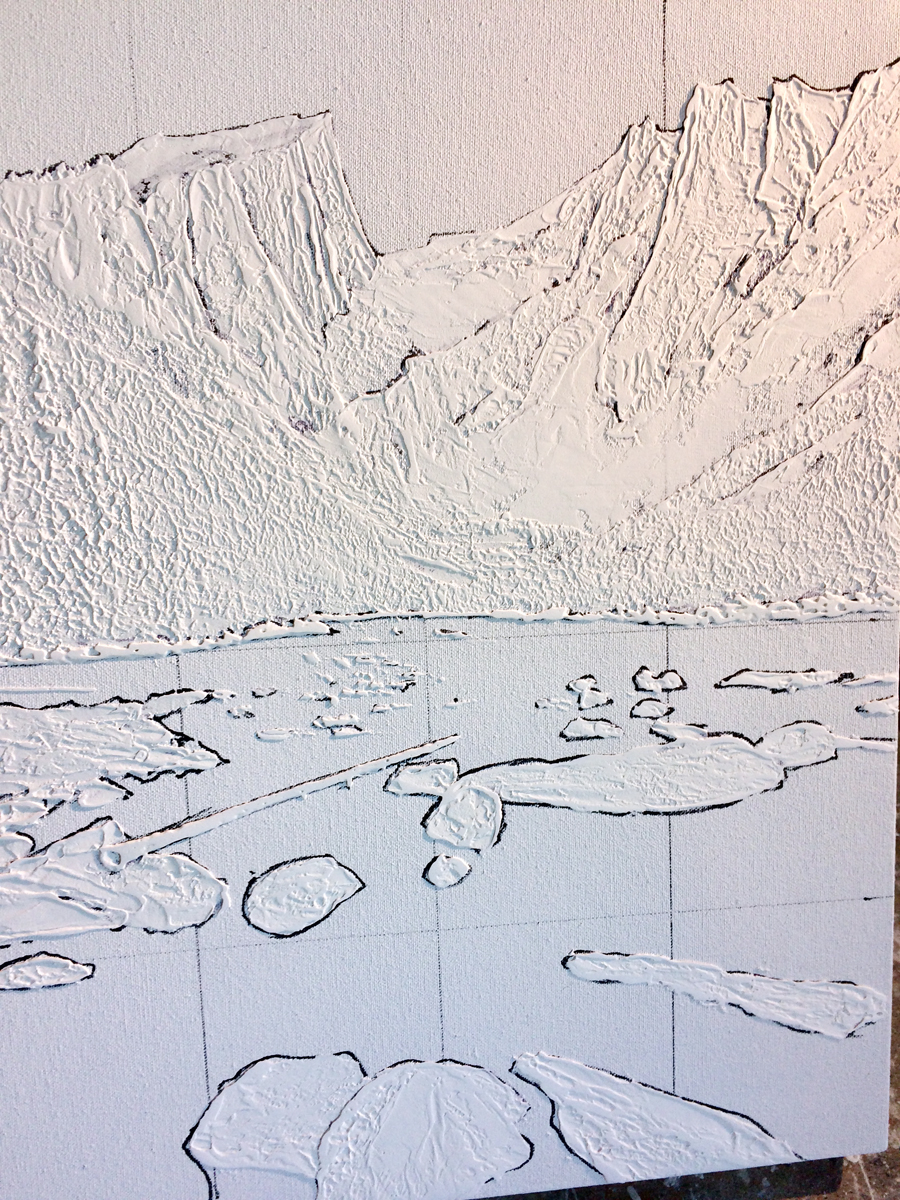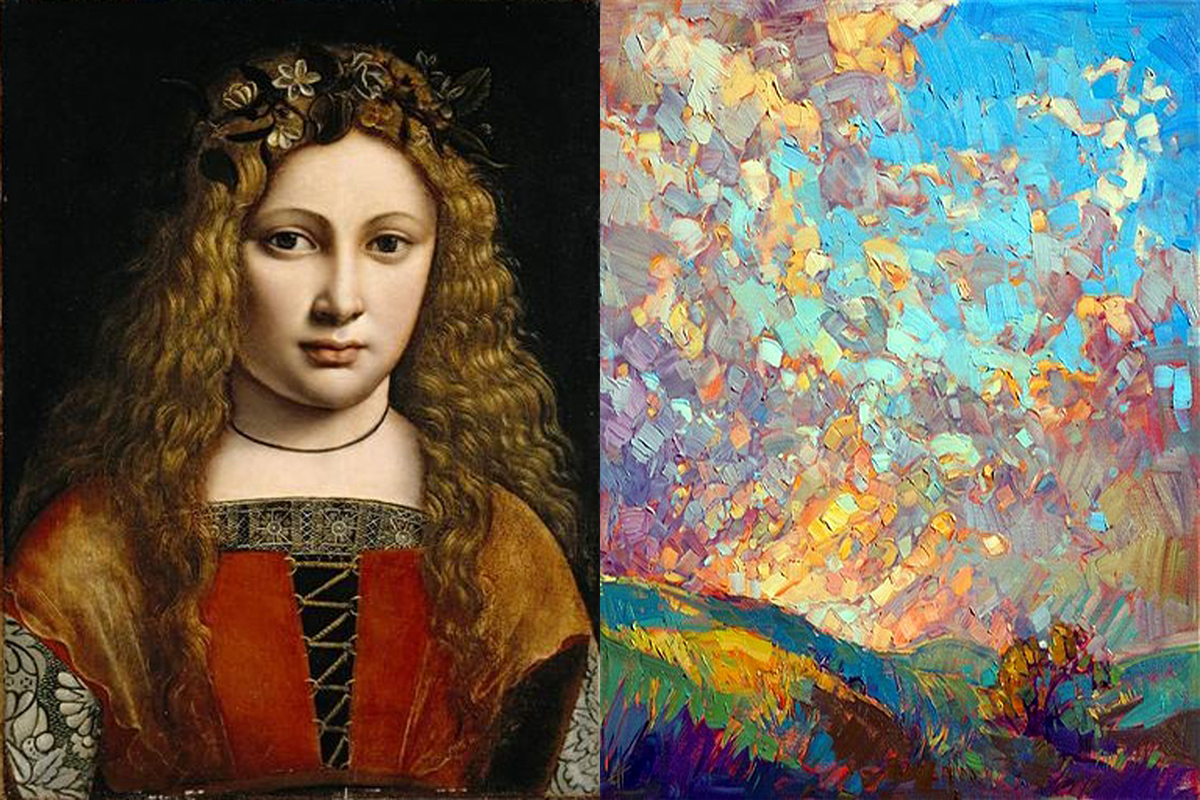My day began like any other day: I woke up, showered, had my coffee and walked the three miles to my art studio/gallery in Asheville, North Carolina's River Arts District. Little did I know this day could change my life...possibly forever*.
Back story: As a kid, I grew up totally addicted to any National Geographic television specials. These productions would take me away from my life of drudgery (as a second grader) and to far off, exotic places like Ngorongoro Crater in Tanzania or the Galapagos Islands off the coast of Peru. I would be immersed into the fascinating (and usually tragic) life of the wildebeest, gazelle or the giant sea iguana and forget I still had to practice for my spelling test in the morning. It was bliss.
"Little did I know this day could change my life ... possibly forever"
So back to yesterday at my art studio...I began working on my next series of oil paintings (which consist of a totally new and ultra cool form of abstract art, and I'm totally excited about that but...I digress). Around 1:00 PM, a nice young woman came into my studio and asked me if I would mind being filmed for a new National Geographic special called "Asheville Rising". Mind? Are you kidding?! You're asking if I want to be IN a National Geographic television special? (Do I get to go to Tanzania? Do I need an agent? Can I wear cool TV star sunglasses now? But I digress again.)
Obviously, I said yes. My gosh, the crew was super nice and I really enjoyed having them all in my studio. Basically, the segment was of just me painting (no wildebeests or gazelles). I have no idea if they'll really use any of the footage, but still -- National Geographic?! The show is supposed to air in October I think, but I'll keep you posted. Any NatGeo special about Asheville is bound to be great whether or not I make my TV debut. Whatever.
*Just kidding about changing my life forever. But then again....who knows?





















